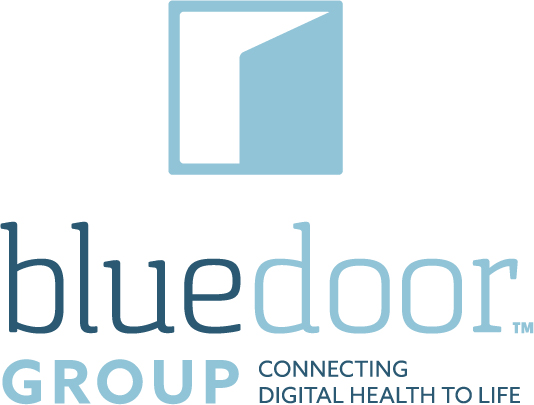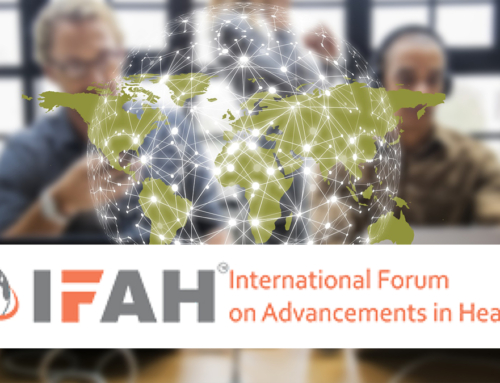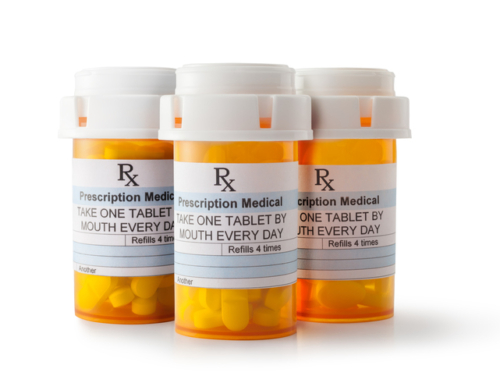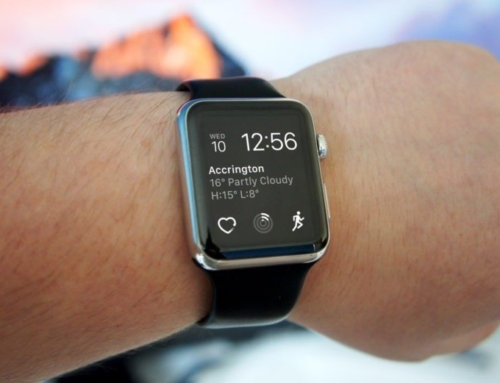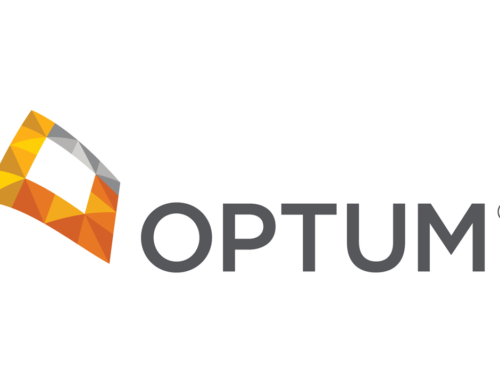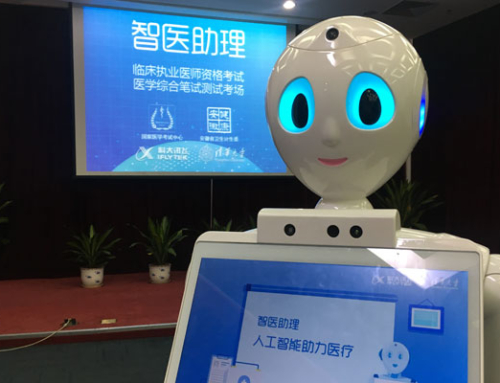By Ted DellaVecchia | Oct 24, 2017
Ted DellaVecchia is a senior operating executive and former CIO for global brands including Starbucks, BCBS and IBM. Ted is currently CEO and Managing Partner of Symbotix, an enterprise reinvention firm engaged in digitally transforming healthcare organizations, and a Strategic Advisor to Bluedoor. He gave a pop-up talk at the recent DHIT Happy Hour at American Underground in Durham.
“Opportunity is Perishable”
For many of us who recall the friction-free wheeling and dealing days of the late nineties and now look back on what was retrospectively labeled the “dot com bubble” it’s not hard to relate to the simple truth that opportunity is perishable.
These are indisputably inspiring times in the domain of digital health and the associated prospects of a transformed healthcare industry. A number of amazing investment and brilliant entrepreneurial trends have emerged. The hype is seemingly unending and by many accounts, worthy of the excitement. There are, however, familiar elements that have prompted me to offer some balanced (and experienced) advice to many digital health innovation leaders who may be pumped up from the recent mega-round of funding or that Beta-client success. That being: Stay focused on the big picture, do not slow down to “wave to the crowd” and seek to avoid the pitfalls of basking in the glory you’ve achieved thus far. Otherwise all glory could be fleeting.
I’ve been in this “movie” before and given how historical events have played out we should take a few moments to consider what we know works – and what may not – as we move forward.
Two Illuminating Examples
In the mid-90s I was the CIO of the $11 billion IBM division named the Personal Computer Company. Lou Gerstner just came on-board with a mission to save our much beleaguered icon from implosion or worse. He immediately charged the PC Co. to not only spearhead IBM’s turnaround, but extend goals and have a transformative impact on the use of personal computers at the individual/social level around the world. We excitedly (almost giddy with opportunity) centered our initiatives in the Research Triangle Park of North Carolina – rich with community assets and talent from notable educational institutions such as UNC, NC State, Duke, ECU, and Wake Forest among others. Our division also coalesced an amazing management team in the Triangle – manufacturing, logistics, electronics, marketing, service, unparalleled software and hardware engineers, etc. – no one could match our chances of realizing our goals. In less than nine months we architected an amazing capability – the ability to generate demand for our PC offerings by reaching out directly to consumers (most PCs back then were sold to Corporations). Configuring personal needs, confirming the order, closing the financial transaction – and then building and shipping the product to the consumer; all within 48 hours. Our IBM PC-Direct channel P&L went from zero-to-$500 million in less than 18 months. We were bowled over with glory related to successfully creating what no other computer company had done before. Then we were blindsided – by a guy in a dorm-room. Michael Dell had a sticky-message and once he got rolling with a legacy-free ecosystem (versus doing it all himself) took charge of the “build-to-order” PC world and you all know how this movie ends. Dell Wins – IBM not so much.
Lesson 1: We lost sight of the big picture and got caught up in Company politics over marketing relationships with the global Value-added Resellers whom we had just dis-intermediated as our sole channel for that $11B in annual revenues. Retrospectively, our laurels became the genesis of our loss in this opportunity. Even with unlimited resources, polished brand equity, and momentum-fueled, functional capabilities, we watched our differentiating achievement become diminished to “us too”.
In the late nineties, I joined Starbucks Coffee Company as their CIO with a mission to enable and drive unprecedented growth in stores and global brand awareness. Very rapidly, we implemented an iterative model that achieved increases of “store-openings-per-day” from 1 to an average of 5.5 store openings globally per day. We pushed from the North American continent to Asia (see Starbucks Japan IPO) and to Western Europe.
We launched the Starbucks customer “Loyalty Card” and entrenched a financial juggernaut by burning-then-crushing-then watering down beans that grew on trees. I’ll never forget during a time of heady celebration (behind the scenes during one of our glory-filled Annual Stockholder sessions) – remember, we were splitting and recovering full price for our shares every couple of months back then. Howard came in and observed our spontaneous outpouring of success and self-aggrandizement. He pointed out that indeed, our achievements were solid and for that we must feel empowered. But his message was poignant in that he reminded us we had not yet accomplished our committed objective and that the only way we would succeed would be to stay focused on the bigger picture. To create a social platform where people could meet, relax, discuss, and share. It was indeed important to remember we were not a Company purveying coffee – we were building the “Third Place” – in addition to home and work, Starbucks would someday be recognized as that warm, inviting, comfortable, dependable, familiar “Third Place” where gatherings were spontaneous, organic, and conducive for social interactions, insulated from judgment.
Lesson 2: Others sell coffee today – however, it is clear that Howard’s vision still resonates in the halls of SBUX and the streets around the world. Indeed, we know what scenes from that movie look like today.
Startup Health reported that Q3 2017 is documented as the largest to date with more than $2.5 billion invested in digital health. This is terrific as we know there are ample resources available to enable continued momentum in the quest for reinvention and positive change in the healthcare landscape. I encourage all to take appropriate time to celebrate as you endeavor to reverse the current dominant design of our healthcare industry. It’s important to have fun along the way. But for those who maintain unwavering focus on the big picture – we don’t have far to look for real-life examples of what the next “scenes from your movie” will show us.
